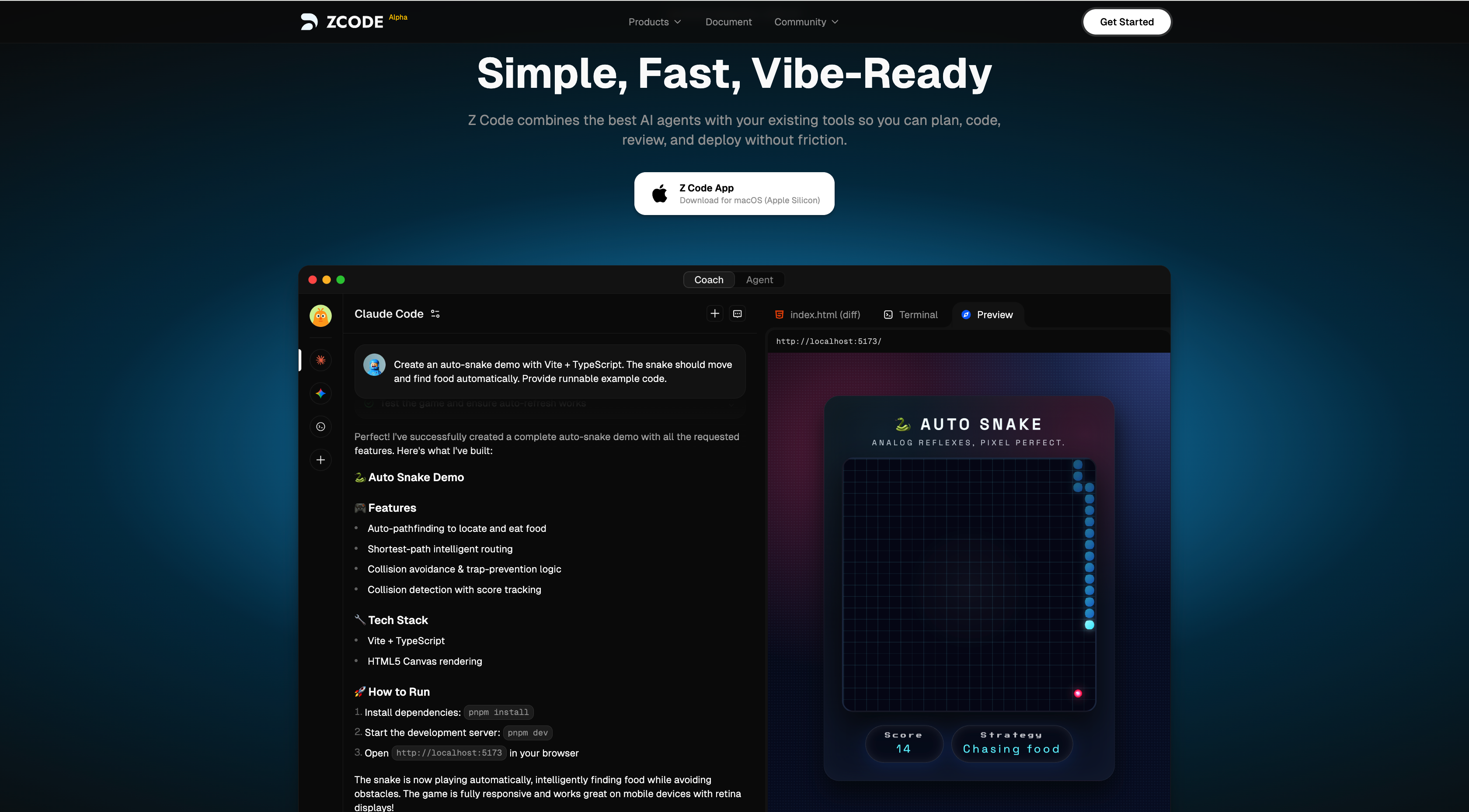Recently, with the rapid development of artificial intelligence technology, on-device AI has attracted widespread attention due to its efficiency, privacy protection, and offline operation capabilities. Recently, Google officially launched its highly anticipated Google AI Edge Gallery application on the Google Play Store, offering users a powerful AI experience tool that integrates the Gemma series of on-device models. This application not only supports image recognition, audio conversation, and text interaction, but also emphasizes full offline operation and privacy protection as core features, providing an excellent platform for developers and general users to explore the potential of AI. The following is the latest information sorted by AIbase, taking you through a comprehensive understanding of this revolutionary application.

Google AI Edge Gallery: An Innovative Attempt in On-Device AI
Google AI Edge Gallery is an experimental application designed to allow users to run AI models directly on their Android devices without relying on the cloud or internet connections. According to public information, the application supports Google's self-developed Gemma series models, including Gemma3 and Gemma3n, lightweight multimodal language models. These models are optimized for mobile devices and are capable of handling tasks such as text, image, and audio processing. Whether for developers testing model performance or general users experiencing the power of AI, this application provides an intuitive user interface and a rich set of features.
Currently, the application is available on the Google Play Store, and users can download it directly by searching for "Google AI Edge Gallery." For users who cannot access the Google Play Store, Google has also provided an APK installation package on GitHub, and an iOS version is planned to be released soon.
Core Features: Multimodal AI Within Reach
Google AI Edge Gallery has attracted widespread attention with its diverse features. Here are its main highlights:
- Full Offline Operation: All AI processing is completed locally on the device, eliminating the need for an internet connection, ensuring data privacy and fast response. Users can use AI features even without Wi-Fi or mobile data, greatly enhancing convenience.
- Image Recognition (Ask Image): Users can upload images or take photos directly and ask the AI related questions. For example, identifying objects, describing scenes, or answering questions related to images, which is suitable for learning, travel, or daily exploration.
- Audio Conversation (Audio Scribe): Supports audio transcription and translation. Users can upload or record audio, and the AI will convert it into text or translate it into other languages, suitable for meeting notes or multilingual communication.
- Text Interaction (AI Chat & Prompt Lab): Provides multi-turn conversation functions, similar to the interaction experience of ChatGPT, while also supporting single-turn tasks such as text summarization, code generation, and content rewriting, meeting diverse needs.
- Flexible Model Switching: Users can download different AI models from platforms like Hugging Face and switch between them within the application to compare performance. Developers can also test their own LiteRT models.
In addition, the application provides real-time performance data, such as the time to first token generation (TTFT) and decoding speed, helping users intuitively understand model efficiency.
Gemma Models: The Powerful Engine of On-Device AI
The core of Google AI Edge Gallery lies in its integrated Gemma series models. Gemma3n, the latest lightweight multimodal model introduced by Google, uses an innovative Matryoshka Transformer (MatFormer) design, allowing the model to dynamically adjust its layers based on device performance, thus saving power and memory while maintaining efficient reasoning. It is reported that Gemma3n supports up to 4000 tokens of dialogue context and can process over 140 languages, demonstrating outstanding multimodal processing capabilities.
Compared to traditional cloud-based AI, the local operation of Gemma models not only improves response speed but also avoids the privacy risks of uploading data to the cloud. This makes Google AI Edge Gallery have significant advantages in privacy-sensitive scenarios, such as healthcare and education.
Installation and Usage: Easy to Get Started, Developer-Friendly
The installation process of Google AI Edge Gallery is relatively simple. Users just need to search for the application name on the Google Play Store to download it. For users who need to install manually, they can obtain the latest APK file from GitHub, but they need to enable the "unknown sources" installation permission. After installation, users need to download the Gemma3n4B model package (about 1.5GB) from the application directory. Some models may require a Hugging Face account and license agreement.
The application interface is intuitive, divided into three modules: "Ask Image," "Prompt Lab," and "AI Chat," allowing users to choose the appropriate function based on their needs. Developers can also optimize model performance by adjusting inference parameters (such as CPU/GPU backend and temperature settings), fully meeting personalized needs.
The Future of On-Device AI: Privacy and Efficiency in Balance
The launch of Google AI Edge Gallery marks another important step in Google's layout in the field of on-device AI. Through open-source (Apache 2.0 license) and offline operation design, Google not only lowers the threshold of AI technology but also promotes the development of decentralized AI. Experts point out that this application may have some impact on the AI ecosystem that relies on cloud services, while also providing more innovation space for developers.
For ordinary users, Google AI Edge Gallery offers an opportunity to experience cutting-edge AI without programming. From identifying landmarks during travel to real-time transcription of meeting content, this application truly brings AI technology into the user's pocket.










